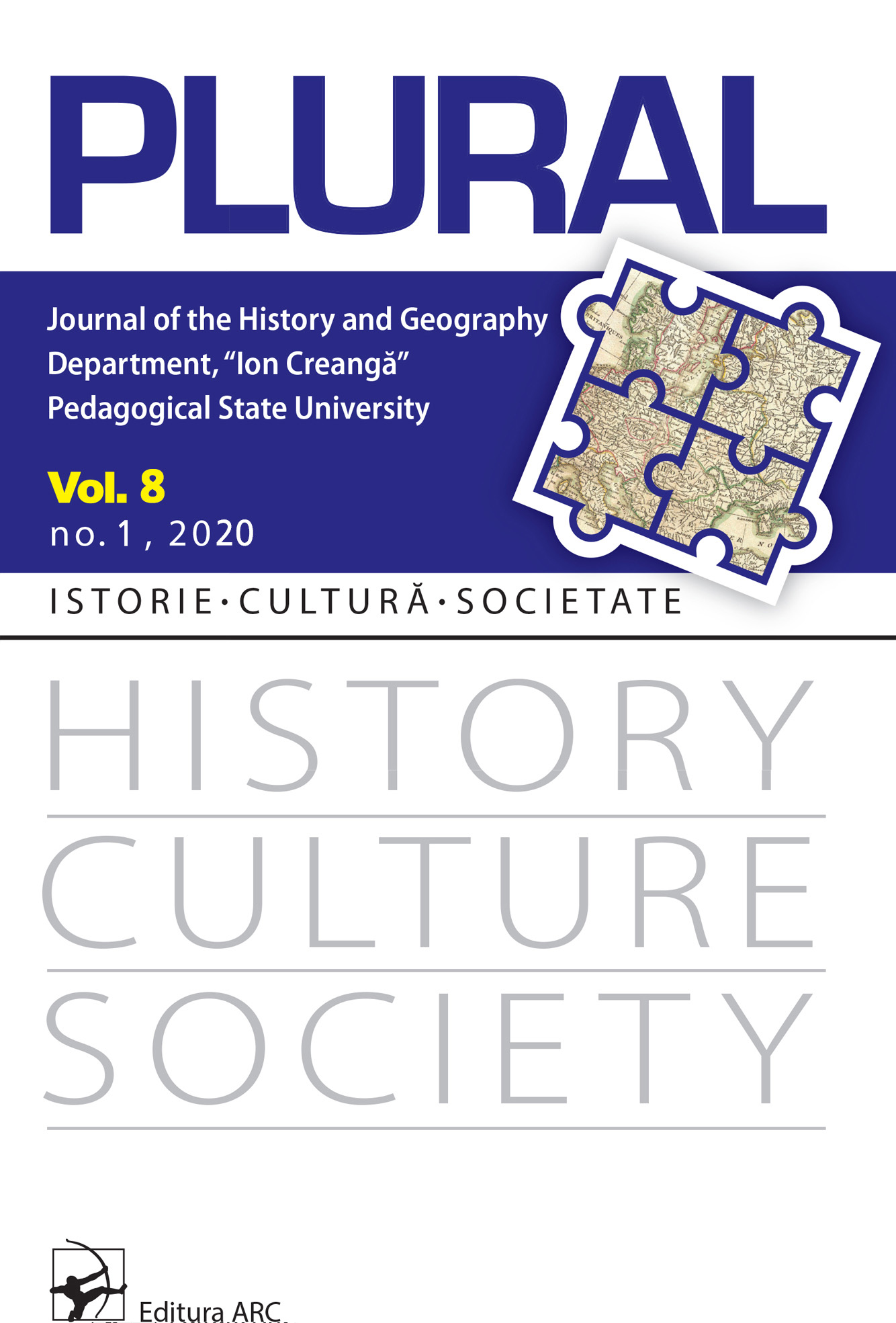The Frontiers of the Roman Empire in Eastern Dacia. Preliminary Results of Research Conducted in the Context of the Romanian National Limes Program
The Frontiers of the Roman Empire in Eastern Dacia. Preliminary Results of Research Conducted in the Context of the Romanian National Limes Program
Author(s): Alexandru PopaSubject(s): History, Archaeology, Cultural history, Ancient World
Published by: Facultatea de Istorie și Geografie, Universitatea Pedagogică de Stat „Ion Creangă”
Keywords: Romania;Roman Empire;Dacia; Roman Frontiers;heritage management;
Summary/Abstract: The visible and invisible traces of the Roman Frontier in Dacia have been, for quite a long time, one of the most representative archaeological sites in Romania, and especially in Transylvania. On one hand, the Roman frontier in Transylvania, also known as Limes, symbolises a border between the GreekRoman world and the local civilisations found in the regions north of the Danube. On the other hand, we rather deal with a large contact zone between the two parts of the antique ecumene. Romania decided to join the international initiative known as Frontiers of the Roman Empire (FRE) UNESCO siteby inscribing on the UNESCO Heritage List the components found on its territory – the Dacian Limes and the segments of the Danubian Roman Border. The activity of preparing the nominations is conducted by several institutions. Along with the National Heritage Institute, that is responsible, by tradition, of all the UNESCO nominations in Romania, the activity also involves the National History Museum from Bucharest, the National Museum of Transylvanian History from Cluj-Napoca and the National Museum of the Eastern Carpathians from Sf. Gheorghe. The National Limes Commission has been established to coordinate all the undertaken activities and to assure proper communication between the above-mentioned institutions, both inside the national partnership and with the international partners.
- Issue Year: VIII/2020
- Issue No: 1
- Page Range: 194-226
- Page Count: 33
- Language: English

